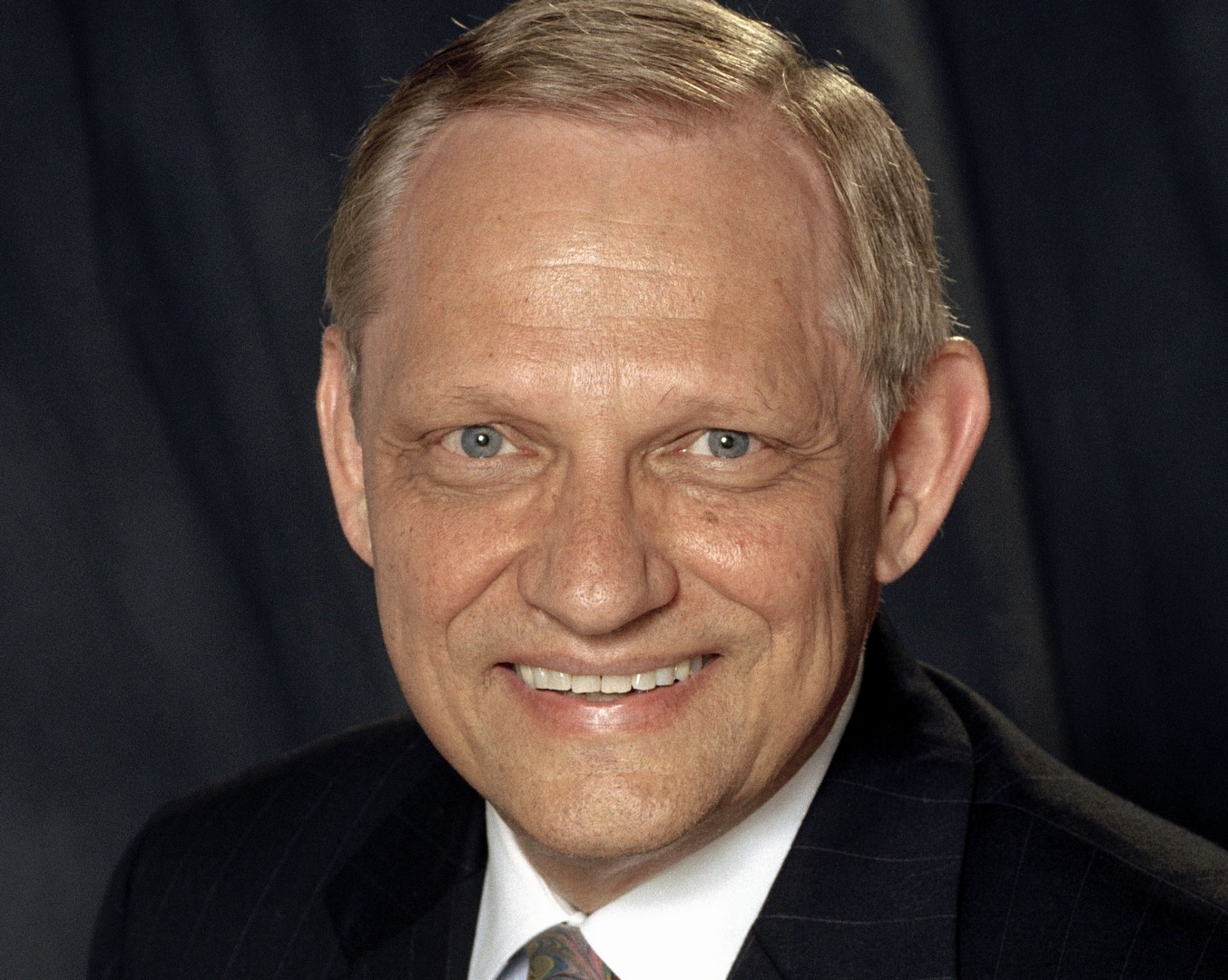By Gerry Czarnecki
In every professional activity, there are myths that work to prevent effectiveness, and fundraising is no exception. When board members, CEOs and development directors operate under these myths, they are likely to be far less successful.
In May, the National Leadership Institute, in partnership with the Sanford Institute of Philanthropy, will host a one-day intensive learning session designed to attack these and other myths and to provide guidance on how to transform fundraising into the concept of “cause selling,” as discussed last month in this column.
Myth One: The board is not comfortable asking for money, so we keep falling short of our needs.
It is often true that members of the board are uncomfortable asking for money and can see it as begging. That is why board members and staff need to learn how treat fundraising as “cause selling.”
On the other hand, the staff cannot blame failure on the board. The leadership must not rely on the board to achieve the fundraising goals, but rather the leadership must own the fundraising process.
The leadership must also manage the process, which will include utilizing the board members in roles that match their ability to contribute. The key is to leverage the strengths of the board, not blame it for fundraising failure.
Myth Two: We do not have enough staff to raise that much money.
This is a corollary of the first myth. Some of the best-funded organizations I’ve been associated with had no one in the development role other than the president.
Passion, tenacity and focus with a smart approach are key. By the way, in those organizations, there were a few board members who had phenomenally broad and powerful contact files. Their lists were used by the president to sell the cause, with very little help from board members or other staff.
Myth Three: That volunteer has given small contributions before, but he will never make a very large gift.
Never judge the book by its cover. In our consulting with nonprofits, we have found many successful campaigns that were helped dramatically by the surprise donor.
In one case, a very self-effacing volunteer worked for the organization in a very low-level, task-oriented role for 20 years. At his death, he willed his entire portfolio of assets worth in excess of $1 million to that nonprofit charity.
Myth Four: Mr. Sanford has given away over a billion dollars, we need to go see him and get him to give us money for our cause.
This could be almost any philanthropist, but I actually know Denny Sanford, the charitable billionaire who funded the Sanford Institute of Philanthropy, and I know the peril of this myth. I interviewed Denny for a book I’m writing. From the very start of that interview, he made it clear that he has a handful of causes he wants to fund, and unless an organization can fit into that small universe of mission, it’s wasting its time and energy pitching him.
The key here is that organizations must do the research required to truly understand the prospect, then focus on making the connection. And the connection is the issue, not the ask.
Asking for the contribution is the very last step in the process. Listen and connect first. Ask last. And always remember: People give to people. ¿
Gerry Czarnecki is founder and chairman of the nonprofit National Leadership Institute (nationalleadershipinstitute.org), which helps boards of nonprofit organizations become strategic assets to the leadership team. His extensive background as a C-suite executive and CEO is coupled with current board leadership of corporate and nonprofit organizations. He is also chairman and CEO of the Deltennium Group. Contact him at 561.293.3726 or gmc@deltennium.com.














